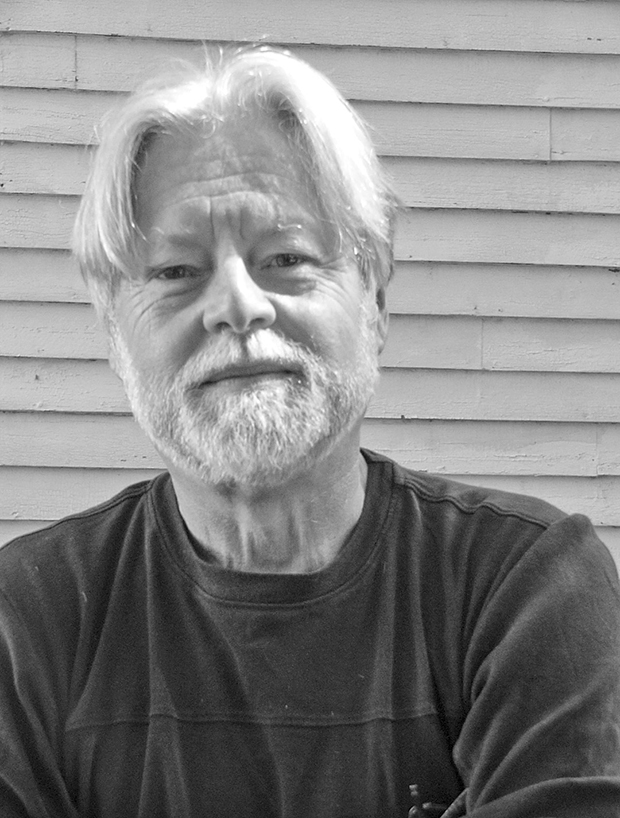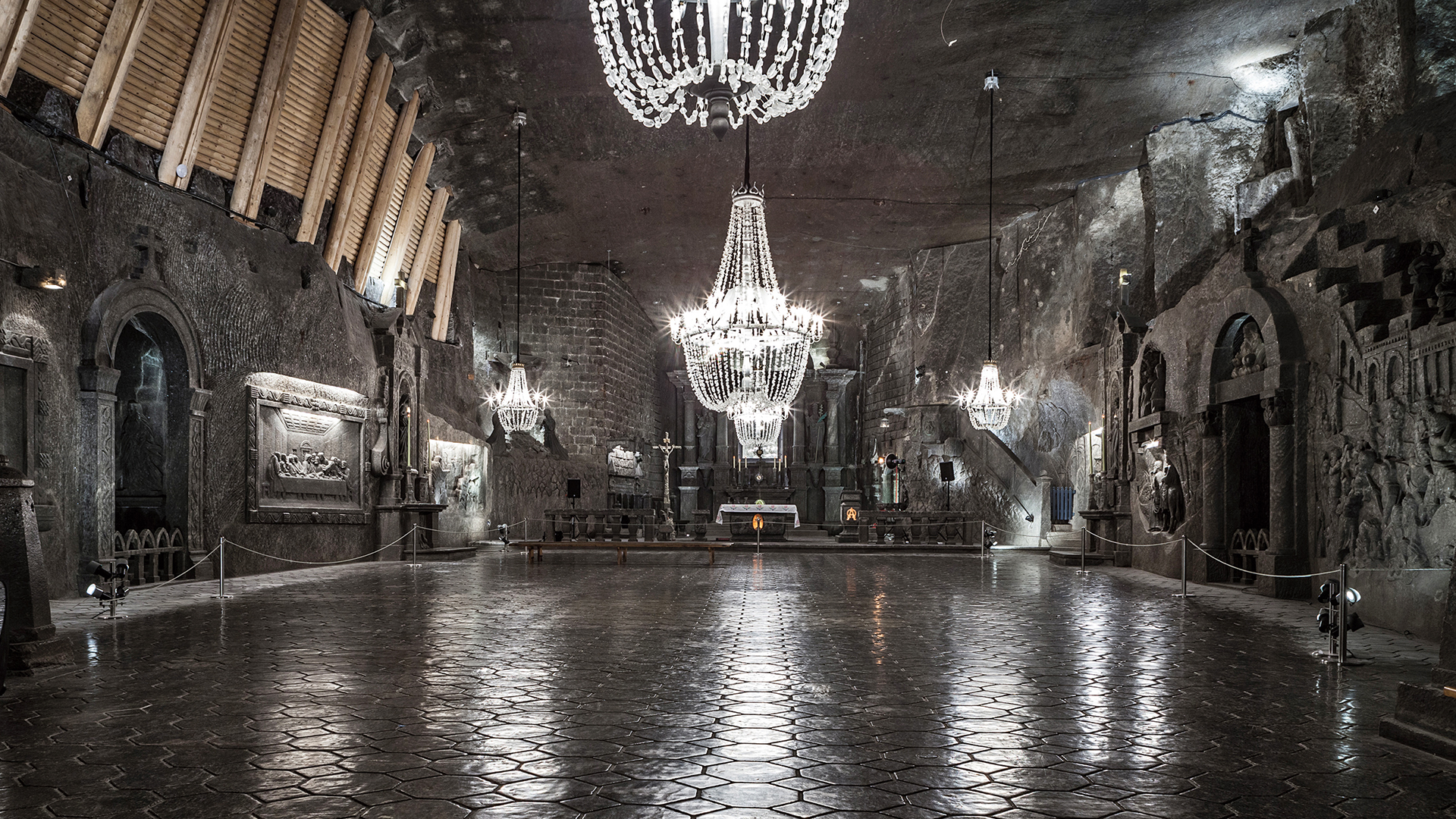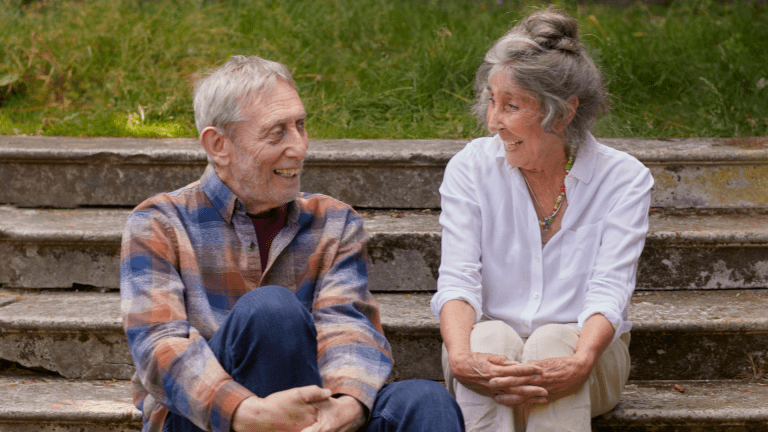When I was a boy, my father would suddenly emerge from our house, call out “Tommy, wanna see something”, then wave me toward his dusty old flatbed truck. Off we’d go, always toward places where something weird had occurred. A truck lifted by wind, then set down on top of a house. A bed hanging precariously in a tree. Water flowing anywhere it shouldn’t. For my father, these were works of surreal art, nature’s way of painting Dali’s melted clocks.
Such was, I think, the origin of my attraction to dark places, and it was one I later extended beyond the acts of nature to include the terrible works of man. Following this urge, I went to Auschwitz, to Hiroshima, to the killing fields of Cambodia and the fearsome slave dungeons of west Africa. Over time, this circle of darkness embraced the leper colony on Kalaupapa, a home for homeless children outside Kumasi, and the heartbreaking procession at Lourdes.
it seems strange to me that many places of dark renown have chosen to conceal their darkness
Over the years, and very much to my surprise, I discovered the light that comes from darkness. At Verdun, I learned to be more tolerant of the young. At Verona, I faced the obstacles to enduring love. At Machecoul, where Gilles de Rais, the world’s first recorded serial killer, murdered perhaps as many as 300 children, I came to appreciate the waves of religious and social reform that would now render impossible so extended and monstrous a criminal career.
And so when I came to write Tragic Shores, my memoir of dark travel, only one opening line seemed truly to express this experience, for I had genuinely “come to thank dark places for the light they bring to life”.

The central truth of dark travel is that there is much to be gained where much has been lost, and we deny ourselves that bounty at the peril of our souls. For this reason, it seems strange to me that many places of dark renown have chosen to conceal their darkness. This is particularly true of such sites as the Tower of London, where the grim life of those who were imprisoned or executed there is buried beneath a frenzy of touristy commercialism. Lord Macaulay once said of the Royal Chapel inside the Tower that “there is no sadder spot on Earth”. But those who visit it now will feel nothing of the doomed figures who said their final prayers there.
A similar trivialisation of tragedy occurs at Tiffauges, another of Gilles de Rais’ murderous chateaux, and at Williamsburg, where a site of vast hardship has been turned into little more than a theme park that gives no sense of the back-breaking labour, death-dealing illness and ever-encroaching starvation that was incontestably the experience of its first residents.









